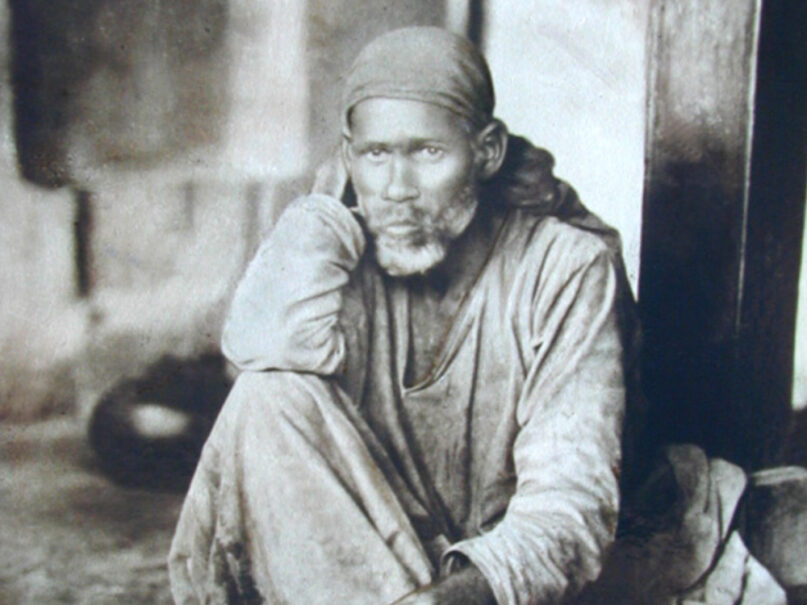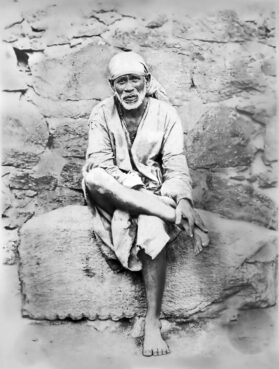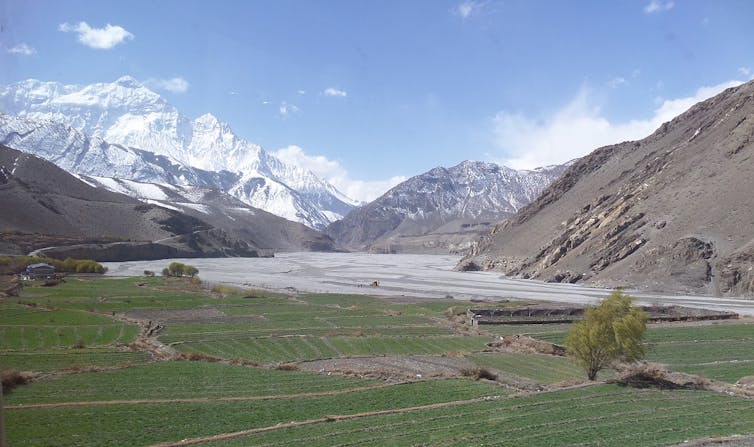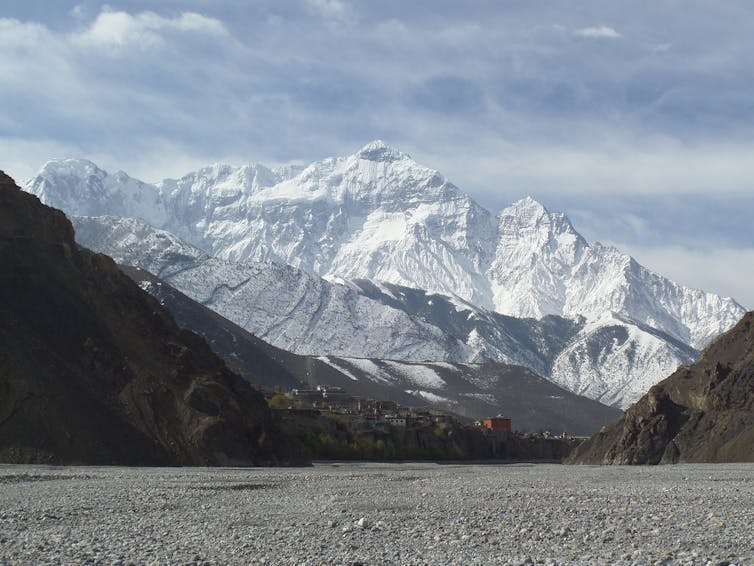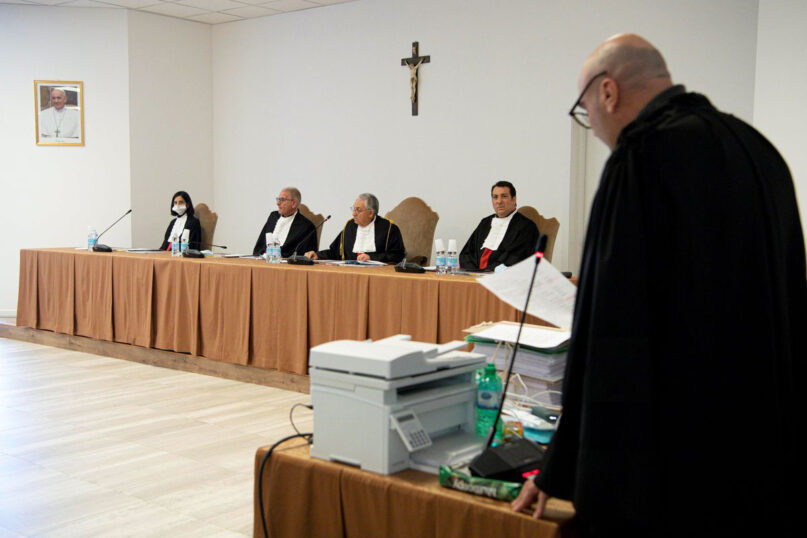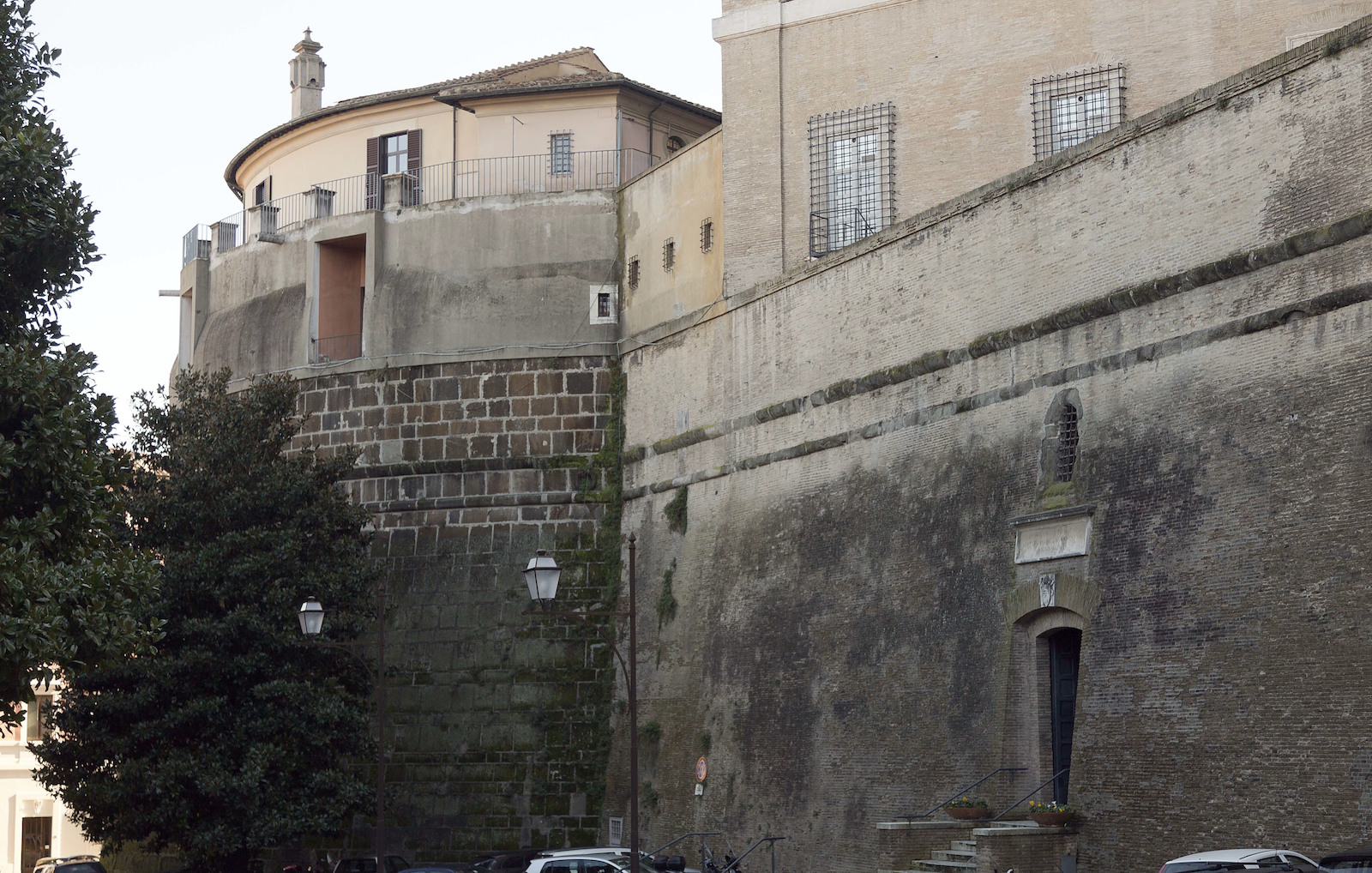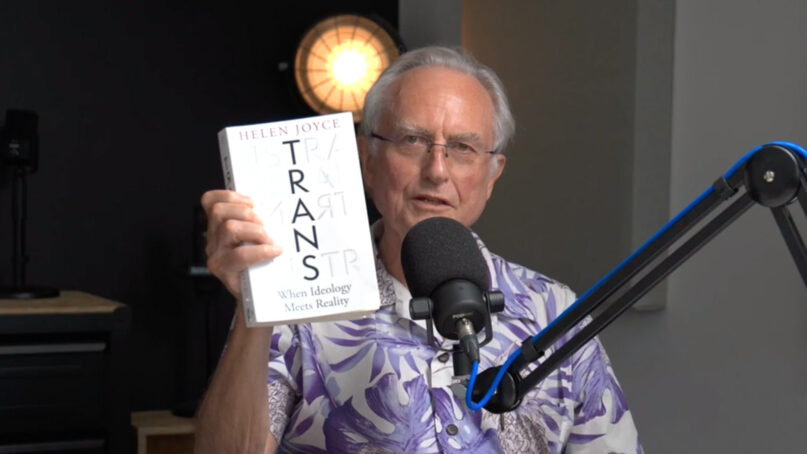How after-school clubs became a new battleground in the Satanic Temple’s push to preserve separation of church and state
The controversial – and often misunderstood – extracurricular groups tend to raise controversy. But under equal access laws, schools can’t discriminate against a club based on its point of view.
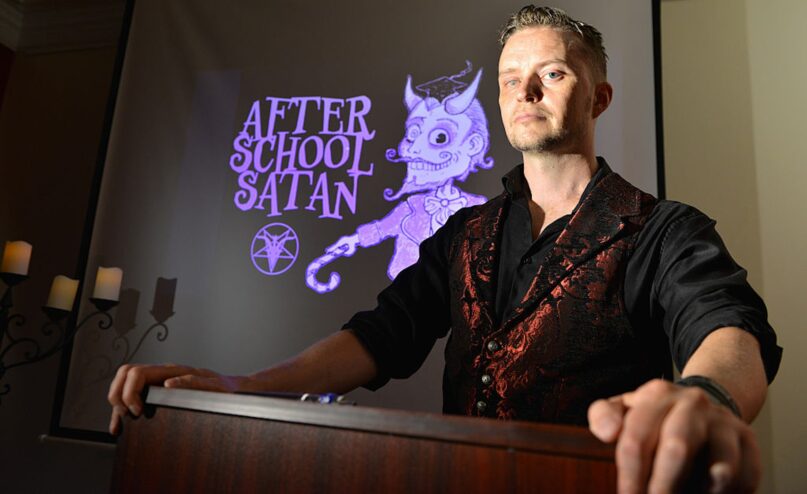
(The Conversation) — As the start of the school year rapidly approaches, controversy can’t be far behind. But not all hot-button topics in education are about what goes on in class.
Over the past few years, conflict has trailed attempts to establish After School Satan Clubs sponsored by the Satanic Temple, which the U.S. government recognizes as a religious group.
Organizers have tried to form clubs in California, Colorado, Illinois, New York, Ohio, Pennsylvania and Virginia. Organizers in Broome County, New York, also formed a summer Satan Club that meets at a local library.
Though there are estimates that only a handful of Satan Clubs are up and running, the groups raise significant questions about freedom of speech in K-12 public schools, particularly around religious issues – topics I teach and write about frequently as a faculty member specializing in education law.
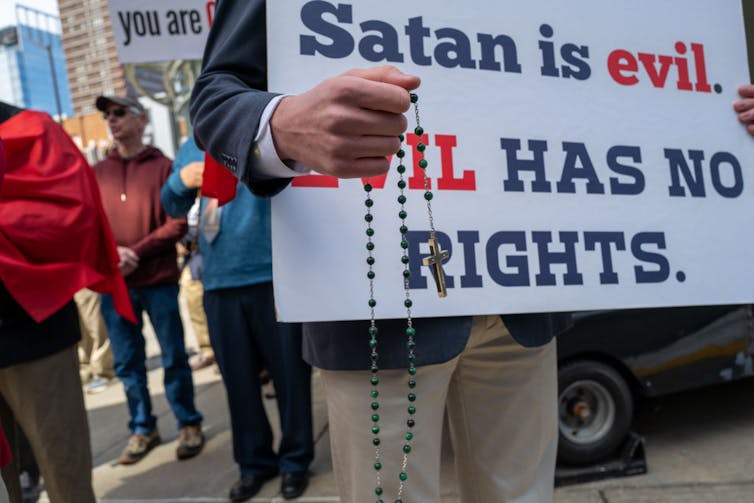
A Christian activist group demonstrates outside the Satanic Temple’s SatanCon, a convention held in Boston, on April 28, 2023.
Spencer Platt/Getty Images
More ‘science’ than ‘Satan”
Members of the Satanic Temple, which was founded in 2013, do not profess beliefs about supernatural beings. The group emphasizes “the seven tenets,” which celebrate ideas like rationality, compassion and bodily autonomy.
What often draws attention, though, are the temple’s political and legal activities. The group has a history of filing suits to try to gain the same rights afforded to Christian groups, in an attempt to highlight and critique religion’s role in American society.
Because organizers of Satan Clubs object to introducing religion into public education, they try to offer an alternative at schools hosting faith-based extracurricular groups. The Satanic Temple promotes clubs that focus on science, critical thinking, free inquiry and community projects, emphasizing that “no proselytization or religious instruction takes place” in meetings.
Litigation around Satan Clubs arose in 2023 when a school board in Pennsylvania refused to allow a club to meet in an elementary school. In May, a federal trial court ruled that the school board could not ban the club, since it allowed other types of clubs. By allowing groups to use school facilities, the court explained, officials had created a public forum. Therefore, excluding any group because of its views would constitute discrimination, violating organizers’ First Amendment rights to freedom of speech.
Equal access
The principle that all student-organized extracurricular groups have equal access to educational facilities was established in 1981 with Widmar v. Vincent, a dispute from a public university in Kansas City, Missouri. The Supreme Court determined that once campus officials had created a forum for the free exchange of ideas by student groups, they could not prevent a faith-based club from meeting solely due to the religious content of its speech.
That requirement was extended to secondary schools under the Equal Access Act, which Congress adopted in 1984. The act applies to public secondary schools where educators create “limited open fora,” meaning non-instructional time when clubs run by students, not school staff, are allowed to meet. Officials cannot deny clubs opportunities to gather due to “the religious, political, philosophical, or other content of the speech at such meetings.”
The Equal Access Act specifies that voluntary, student-initiated clubs cannot “materially or substantially interfere” with educational activities. Further, groups cannot be sponsored by school officials, and educators may only be present if they do not participate directly. Finally, the act forbids people who are not affiliated with the school, such as local residents or parents, from directing, conducting, controlling or regularly attending club activities.
The Supreme Court upheld and extended the Equal Access Act’s logic in two major cases. In 1990’s Board of Education of Westside Community Schools v. Mergens, for example, the justices reasoned that because allowing a religious club in a public school in Nebraska did not endorse religion, it had to be permitted. Afterward, federal courts in California, Indiana, Florida and Kentucky expanded the act’s reach to GSA Clubs, formerly known as Gay-Straight Alliances – clarifying that “viewpoint discrimination” was impermissible against other nonreligious clubs.
In the recent dispute from Pennsylvania, the Satan Club’s organizers relied on Good News Club v. Milford Central School, a 2001 case from New York. The dispute arose when a school board refused to permit the Good News Club – a non-school-sponsored, faith-based group that has several thousand branches in the U.S. – to meet after class with participants’ parental consent. Yet officials allowed the Boy Scouts, Girl Scouts and 4-H Club to meet and talk about similar topics from secular points of view in an elementary school, so the Supreme Court decided that its refusal constituted unlawful viewpoint discrimination. Given students’ ages, parents or other adults are allowed to be involved in elementary school activities.
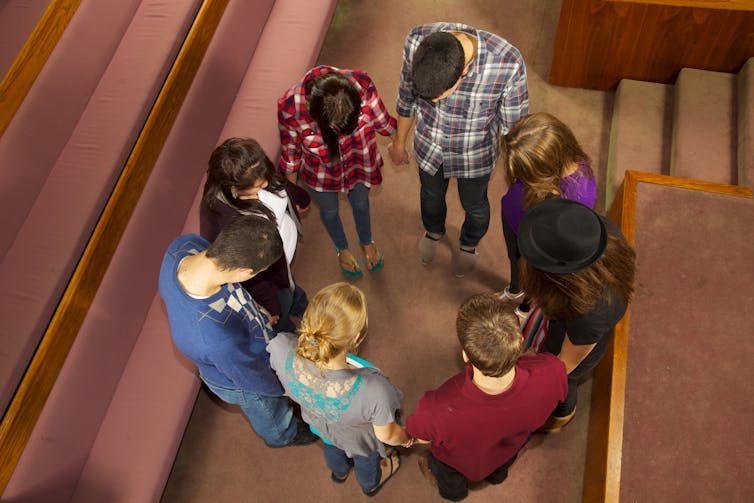
In many districts, religious groups can meet in schools after classes – but only under certain conditions.
pastorscott/E+ via Getty News
Expose children to new ideas?
Following the Equal Access Act, some boards banned all non-curriculum-related clubs in attempts to avoid controversy. Perhaps the Pennsylvania board will go this route as well.
In an increasingly intellectually diverse world, though, children are bound to encounter ideas with which they disagree – and I would argue each encounter can sharpen their critical thinking. As a federal trial court judge in Missouri once observed, provocative speech “is most in need of the protections of the First Amendment. … The First Amendment was designed for this very purpose.”
(Charles J. Russo, Joseph Panzer Chair in Education and Research Professor of Law, University of Dayton. The views expressed in this commentary do not necessarily reflect those of Religion News Service.)
LA REVUE GAUCHE - Left Comment: New Age Libertarian Manifesto


